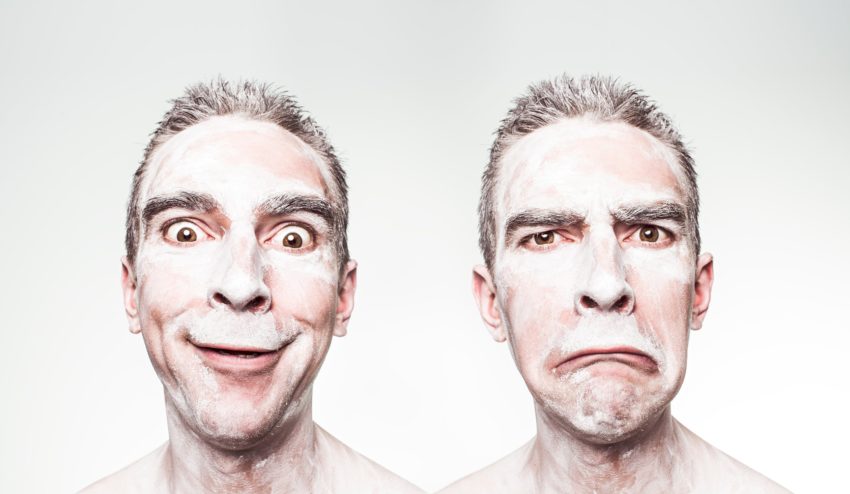The #10YearChallenege meme was quite fun until last week a single tweet compelled people to think and worry about how this data was eventually going to be used.
The #10YearChallenge got the opportunity to become the first major Internet fad of 2019 and gave us the opportunity to post our current photos and photos from ten years down the line. All you have to do it post a photo of yourself from 2009 next to a photo of yourself taken in 2009.
In no time this so-called “challenge” gained widespread popularity online and people participated by posting their pictures mostly on Facebook and Instagram, which is also owned by Facebook. While some showed no signs of ageing, others paid tribute to old hairstyles, environmental issues, and what not. Celebrities showed off their age-defying beauty and wowed the common mass. Everything was hunky and dory until Kate O’ Neill, tech writer and author of “Tech Humanist: How You Can Make Technology Better for Business and Better for Humans” dropped a now-viral tweet that hit a nerve.
#10YearChallenege: Just Fun or Facial Recognition Data Mining
Me 10 years ago: probably would have played along with the profile picture aging meme going around on Facebook and Instagram
Me now: ponders how all this data could be mined to train facial recognition algorithms on age progression and age recognition— Kate O’Neill (@kateo) January 12, 2019
As Neill suggests in the tweet, the 10 Year Challenge could be a ploy devised by Facebook to train their facial recognition algorithm on age progression. She later explained this theory in a column published on the Wired. In the column, O’Neill stated that Facebook could have possibly encouraged the meme to go viral as having a couple of photos with a fixed time stamp can be very useful to train its own software to understand how humans age. Apart from getting the algorithm right for age progression, such data could also be useful to improve the facial recognition software for better results.
Once O’Neill’s tweets went viral many were quick to comment on that Facebook already owns these photographs with specific dates attached to them. Are we all not aware of the tag suggestions we receive every time we upload a picture on the platform?
O’Neill counters this argument by stating that a “clean, simple, helpfully labelled set of then-and-now photos” would assist the algorithms significantly as often we post the photos later than when it was originally taken” (read: throwback pictures). While O’Neill’s theory is possible it could be, at the end of it, be just a theory as many other such challenges like the throwback trend was just one of the many ways for people to be their most narcissistic self. The best possible reason this challenge went viral is that we humans always look for and enjoy excuses to upload on social media that can garner the most likes and comments. And what better way to do that than upload the ones filled with nostalgia. So, the #10YearChallenge could be just one of the many social media fads that gave us an opportunity to upload our pictures and garner some attention online.
Banner Image Credit: https://thefintechtimes.com
![]()



